
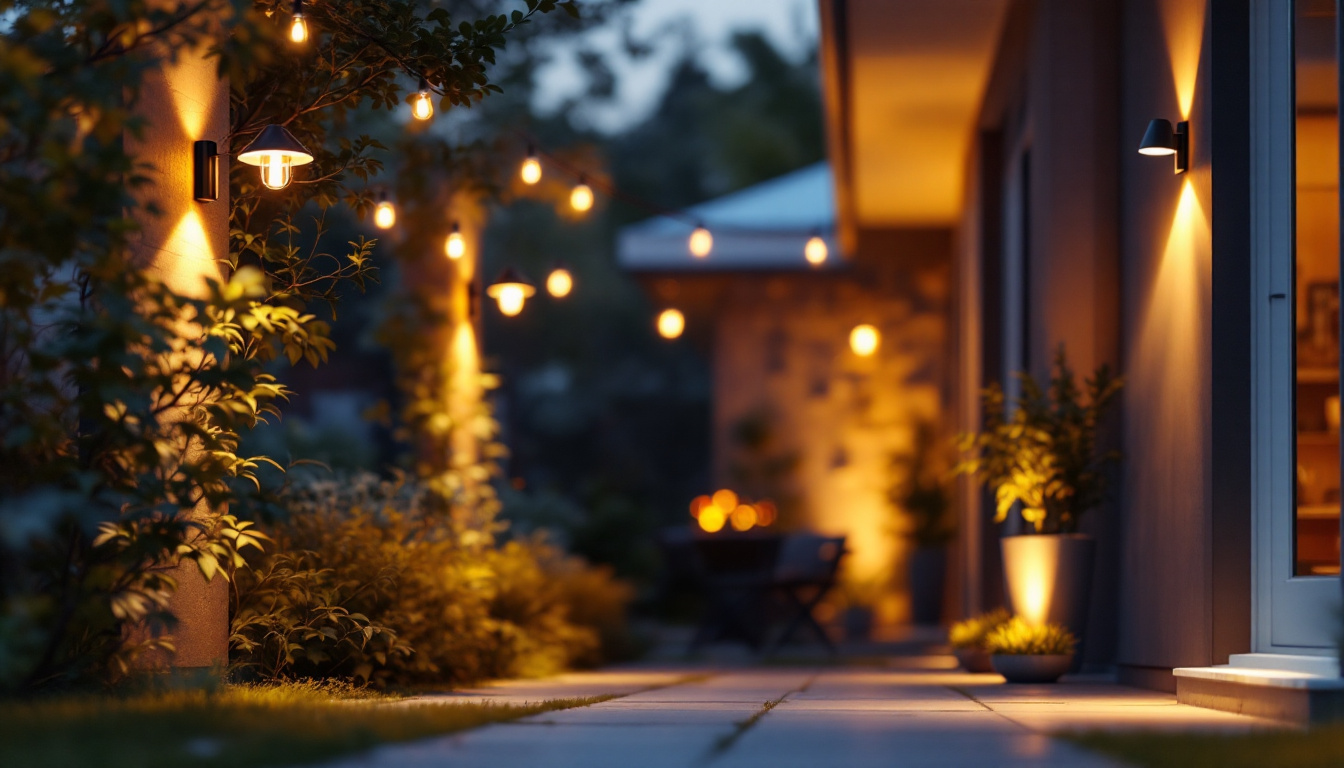
In the ever-evolving world of outdoor lighting, can lights have emerged as a popular choice for both residential and commercial applications. These versatile fixtures offer a blend of functionality and aesthetic appeal, making them an essential component in the toolkit of lighting contractors. Understanding the benefits of outdoor can lights can enhance project outcomes and client satisfaction.
Outdoor can lights, also known as recessed lights or downlights, are installed into ceilings or walls, creating a seamless look that integrates well with various architectural styles. They are designed to withstand the elements, making them suitable for outdoor use. Their ability to be installed in various locations allows for creative lighting solutions that can transform outdoor spaces. With the right placement, these lights can highlight landscaping features, provide ambient lighting for gatherings, or simply add a touch of elegance to your home’s exterior.
In addition to their aesthetic appeal, outdoor can lights can also enhance the functionality of outdoor areas. For instance, strategically placed can lights can illuminate outdoor seating areas, making them inviting for evening gatherings. They can also be used to highlight architectural features of a home or to create a dramatic effect in gardens, showcasing plants and sculptures in a way that enhances their beauty at night.
There are several types of outdoor can lights available, each serving different purposes. The most common types include:
Outdoor can lights offer numerous advantages that lighting contractors can leverage for their projects. These benefits include:
Moreover, outdoor can lights can be paired with smart home technology, allowing homeowners to control their lighting remotely or set schedules for when lights should turn on or off. This feature not only increases convenience but also enhances energy savings, as lights can be programmed to operate only when needed. With the advancements in smart lighting, homeowners can even adjust the brightness or color temperature of their outdoor can lights to create the perfect ambiance for any occasion.
When installing outdoor can lights, several factors must be taken into account to ensure optimal performance and safety. Proper planning and execution can make a significant difference in the overall success of a lighting project.
Location is critical when installing outdoor can lights. Contractors should consider the following:
Additionally, the surrounding landscape plays a vital role in the lighting design. For instance, placing can lights near trees or shrubs can create beautiful silhouettes and enhance the visual appeal of a garden or patio. Conversely, installing them too close to reflective surfaces, such as water features or glass, may lead to glare and diminish the intended effect. It’s also wise to consider the intended use of the space; for example, if the area is meant for entertaining, lighting should be designed to create a warm and inviting atmosphere, while pathways should be illuminated sufficiently for safety without being overly bright.
Proper wiring is crucial for the safe operation of outdoor can lights. Lighting contractors should adhere to local electrical codes and standards, ensuring that:
Moreover, it’s essential to consider the load capacity of the circuit being used. Overloading a circuit can lead to tripped breakers or even electrical fires, so contractors should calculate the total wattage of all fixtures to ensure they remain within safe limits. Utilizing LED can lights can be a beneficial choice, as they consume less power and have a longer lifespan compared to traditional bulbs. This not only reduces energy costs but also lessens the frequency of replacements, making maintenance easier in the long run. Additionally, implementing smart lighting controls can enhance functionality, allowing for dimming options and scheduling, which can further optimize energy use and create a dynamic lighting environment.
Beyond functionality, outdoor can lights play a significant role in enhancing the aesthetic appeal of outdoor spaces. By understanding how to effectively use these fixtures, lighting contractors can create stunning environments that delight clients.
Layered lighting involves combining different types of lighting to create a balanced and inviting atmosphere. This technique can be effectively applied using outdoor can lights in conjunction with other fixtures, such as:
The color temperature of outdoor can lights can significantly affect the ambiance of a space. Lighting contractors should consider the following:
As environmental awareness continues to grow, energy efficiency has become a priority for many homeowners and businesses. Outdoor can lights, particularly LED options, offer a sustainable lighting solution that lighting contractors can promote.
LED outdoor can lights come with several advantages that contribute to energy efficiency:
Lighting contractors can play a vital role in promoting sustainable practices by:
To maximize the benefits of outdoor can lights, lighting contractors should focus on educating clients about their options and the advantages of proper installation. Engaging clients in the decision-making process can lead to greater satisfaction and long-term relationships.
Contractors should take the time to explain how outdoor can lights can enhance safety, aesthetics, and energy efficiency. Providing clients with detailed information about:
Every outdoor space is unique, and lighting contractors should be prepared to offer customized solutions that meet specific client needs. This can involve:
Outdoor can lights are a valuable addition to any lighting contractor’s repertoire. Their versatility, energy efficiency, and aesthetic appeal make them an ideal choice for a variety of outdoor applications. By understanding the benefits, installation considerations, and ways to engage clients, lighting contractors can elevate their services and ensure client satisfaction.
As the demand for outdoor lighting solutions continues to grow, embracing the advantages of outdoor can lights can set contractors apart in a competitive market. With the right knowledge and approach, lighting contractors can not only enhance their projects but also contribute to creating beautiful and functional outdoor spaces that clients will love.
Ready to take your outdoor lighting projects to the next level? At LumenWholesale, we provide lighting contractors with the finest selection of spec-grade outdoor can lights at unbeatable wholesale prices. Say goodbye to local distributor markups and hello to top-quality lighting that meets the highest industry standards. With our hassle-free bulk buying and free shipping, you’re guaranteed premium lighting solutions at the best value. Elevate your lighting projects with the quality, affordability, and convenience of LumenWholesale. Discover our extensive range and start transforming outdoor spaces today by visiting Wholesale Lighting at the Best Value.
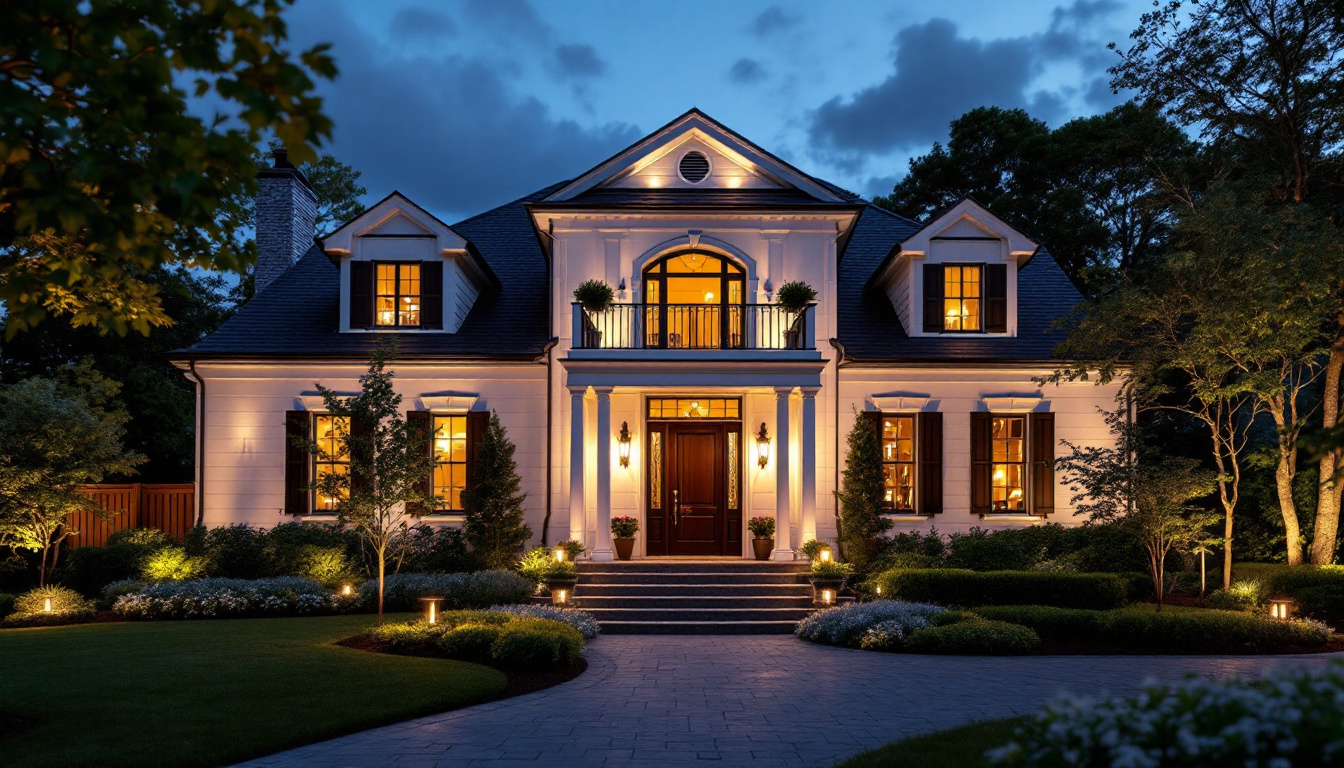
Discover the essential role of exterior lighting in enhancing home aesthetics and security.
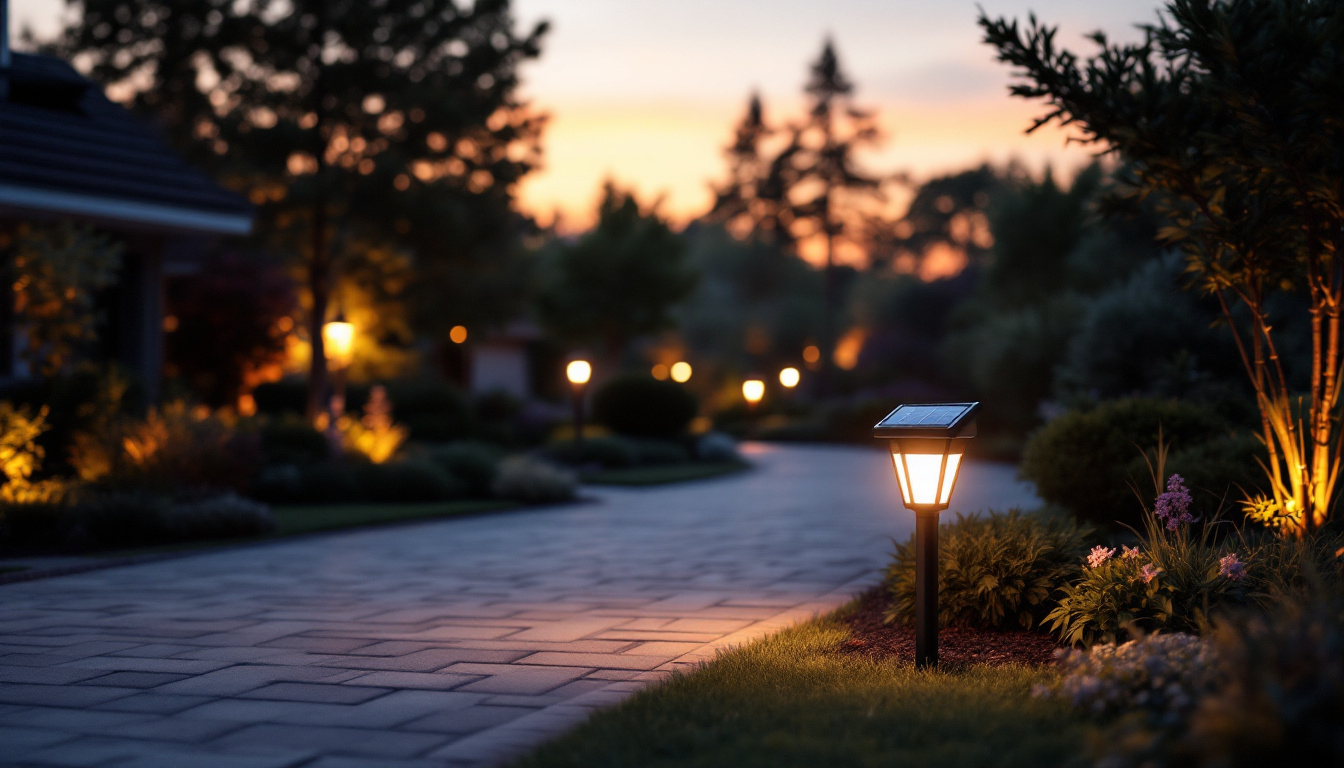
Discover the essentials of solar powered driveway lamps and ensure compliance with industry standards.
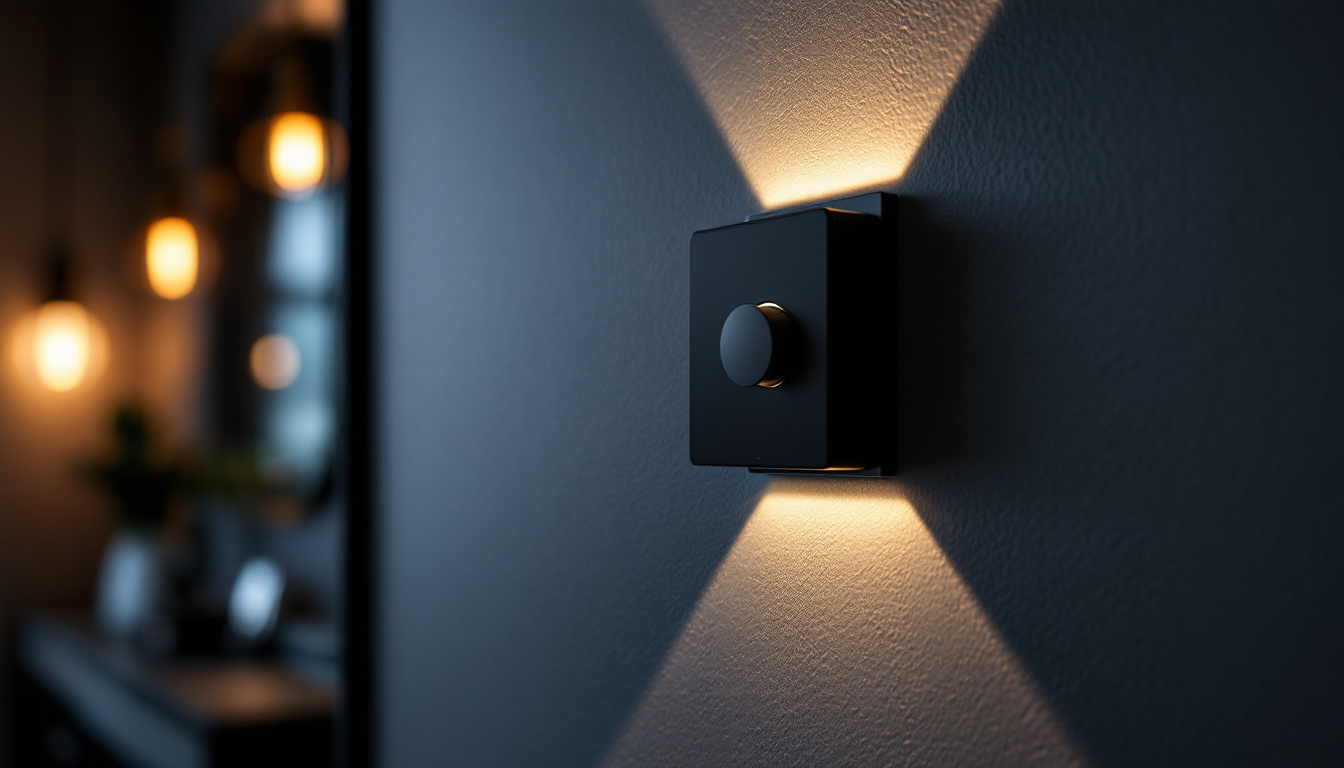
Discover how black dimmer switches are revolutionizing the lighting industry and becoming an essential tool for contractors.
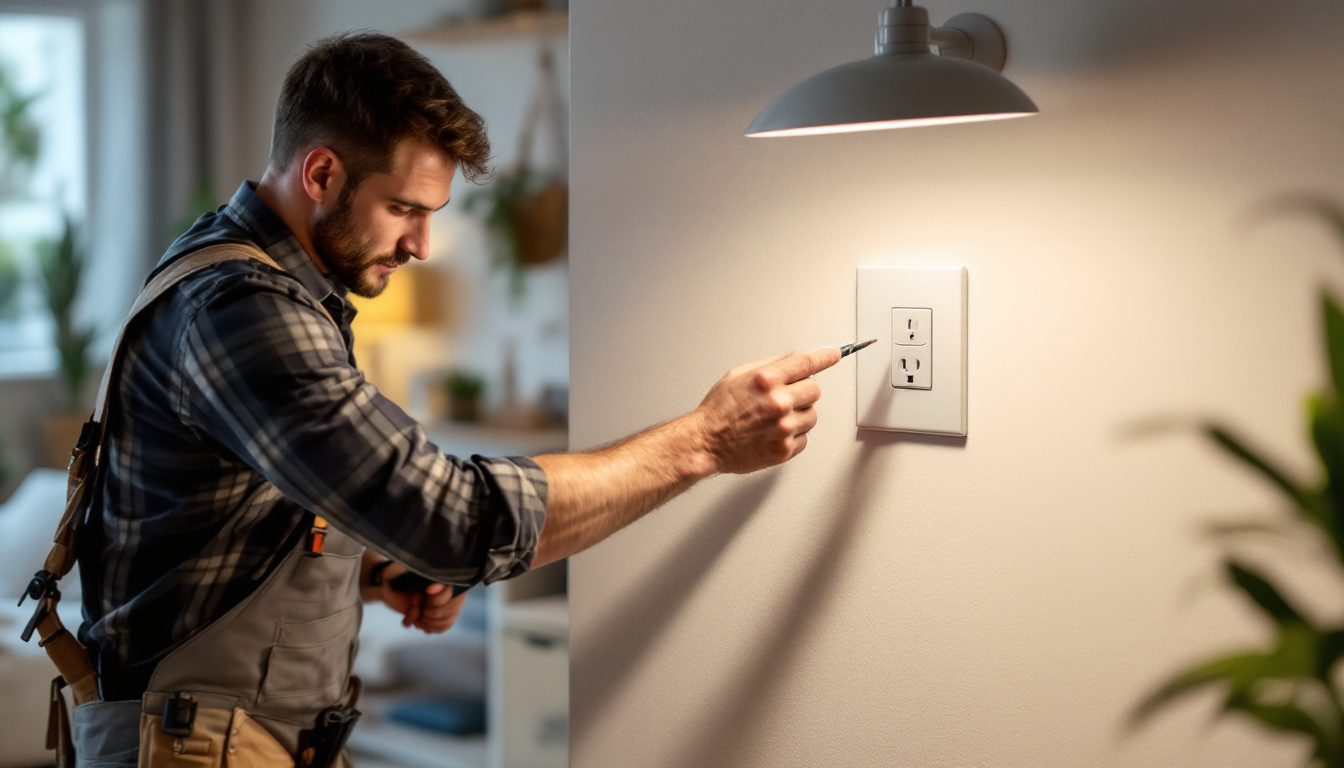
Discover how lighting contractors can enhance their projects by integrating light switches with outlets.
Get notified when NEW deals are released.
Optimize your budget with wholesale discounts.
Only top-quality, specification-grade lighting products.
No additional costs at checkout - what you see is what you pay.
We understand the unique needs of contractors.